help for onc. ornithorhynchum
16 years ago
Related Stories
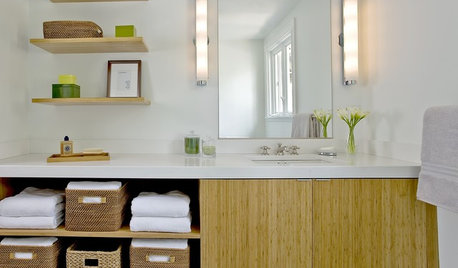
SHOP HOUZZAn Organized Bathroom, Once and for All
Caddies, dividers and other help for keeping the bath beautifully tidy
Full Story0
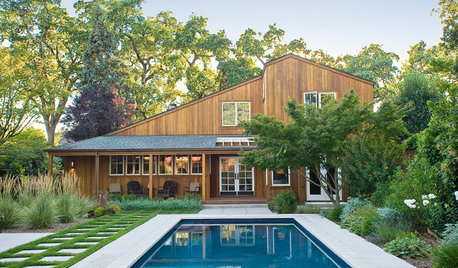
CONTEMPORARY HOMESHouzz Tour: A Wine Country Home, Reinvented Once Again
Ten years after its first renovation, a 4-bedroom Northern California house gets another redo — this time with timelessness in mind
Full Story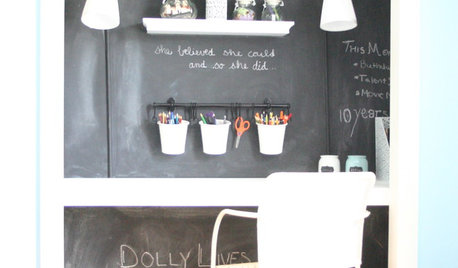
KIDS’ SPACESOnce a Cluttered Closet, Now a Creative Workspace
With a desk, chalkboard walls and cute accessories, this 'cloffice' opens up a kid's bedroom. See the DIY steps
Full Story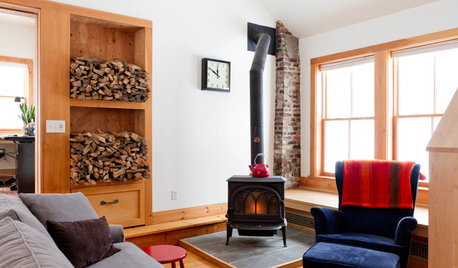
HOUZZ TOURSMy Houzz: Once a Schoolhouse and Church, Now a Home and Art Gallery
Creativity and history come alive in attached 19th-century structures in upstate New York, and the local art community makes a new friend
Full Story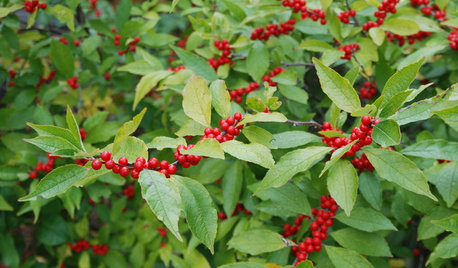
WINTER GARDENINGFire and Ice: 8 Plants That Blaze Once Frost Hits
Not everything in the garden sleeps in the cold — these plants rise and shine in fall and winter, bringing bright color to beat the blahs
Full Story
MOST POPULARBlast Decluttering Roadblocks Once and for All
Change your thinking to get the streamlined, organized home of your dreams
Full Story
STUDIOS AND WORKSHOPSCreative Spaces: Once a Garage, Now an Art Studio and Office
See how an artist and mom on a $300 budget created a bohemian-inspired mulitpurpose studio in a weekend
Full Story
TRANSITIONAL HOMESHouzz Tour: Smart New Look for a Once-Faded Beauty
Homeowners fall in love with a 1939 Colonial Revival house in Baton Rouge, Louisiana, and bring it back to life
Full Story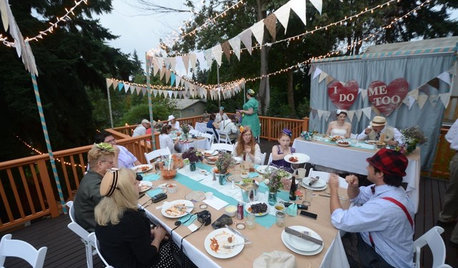
MY HOUZZMy Houzz: Once-Bare Seattle Yard Now Fit for a Wedding
DIY patience pays off for an interior designer and a contractor who transformed their landscape for the party of their lives
Full Story


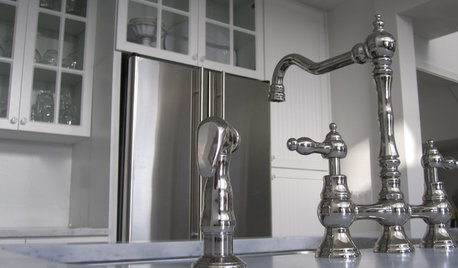



mehitabel
t_bredOriginal Author
Related Discussions
Onc. ornithorhynchum
Q
Once again, with feeling: help with colors - Library
Q
Roasting Help: Multiple chickens at once Xpost from HD Discussions
Q
Buying Land and Waiting to Build? Doing it all at once? Process? HELP!
Q
arthurm
aachenelf z5 Mpls
littlem_2007
arthurm
t_bredOriginal Author
aachenelf z5 Mpls
arthurm
chip02115
littlem_2007
spiced_ham
claritamaria
t_bredOriginal Author
claritamaria
mehitabel
t_bredOriginal Author
claritamaria
jamcm
claritamaria
aachenelf z5 Mpls
jamcm
t_bredOriginal Author
rita_h
jamcm
viktoria5